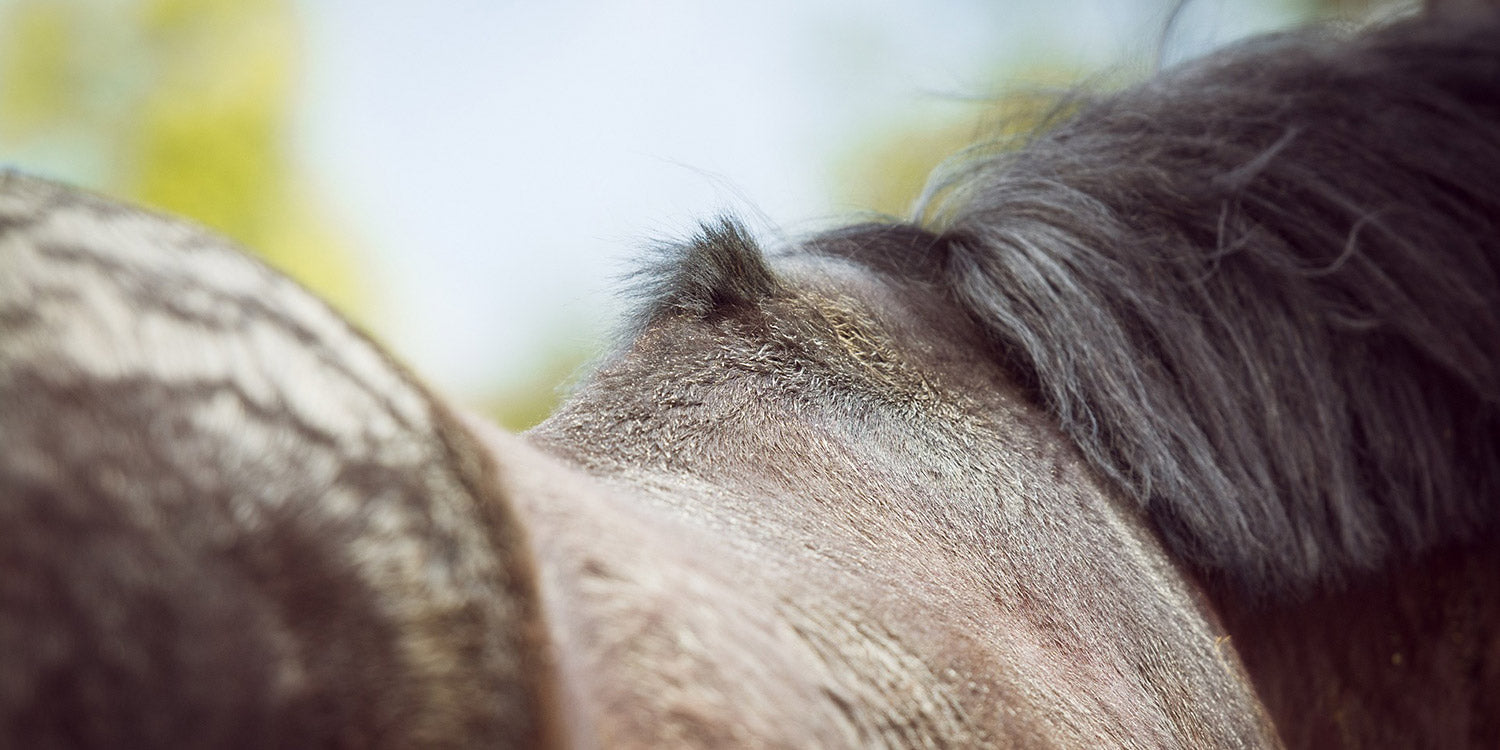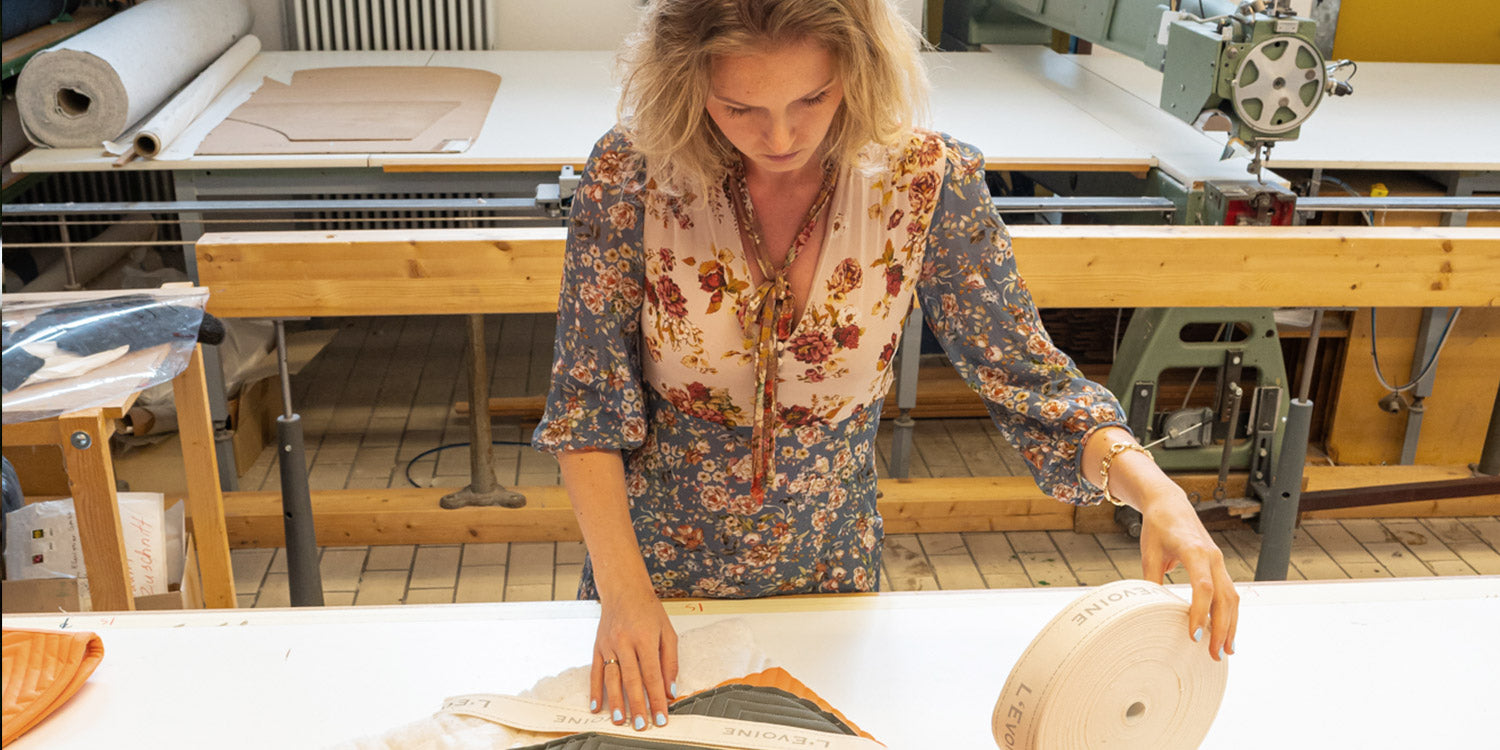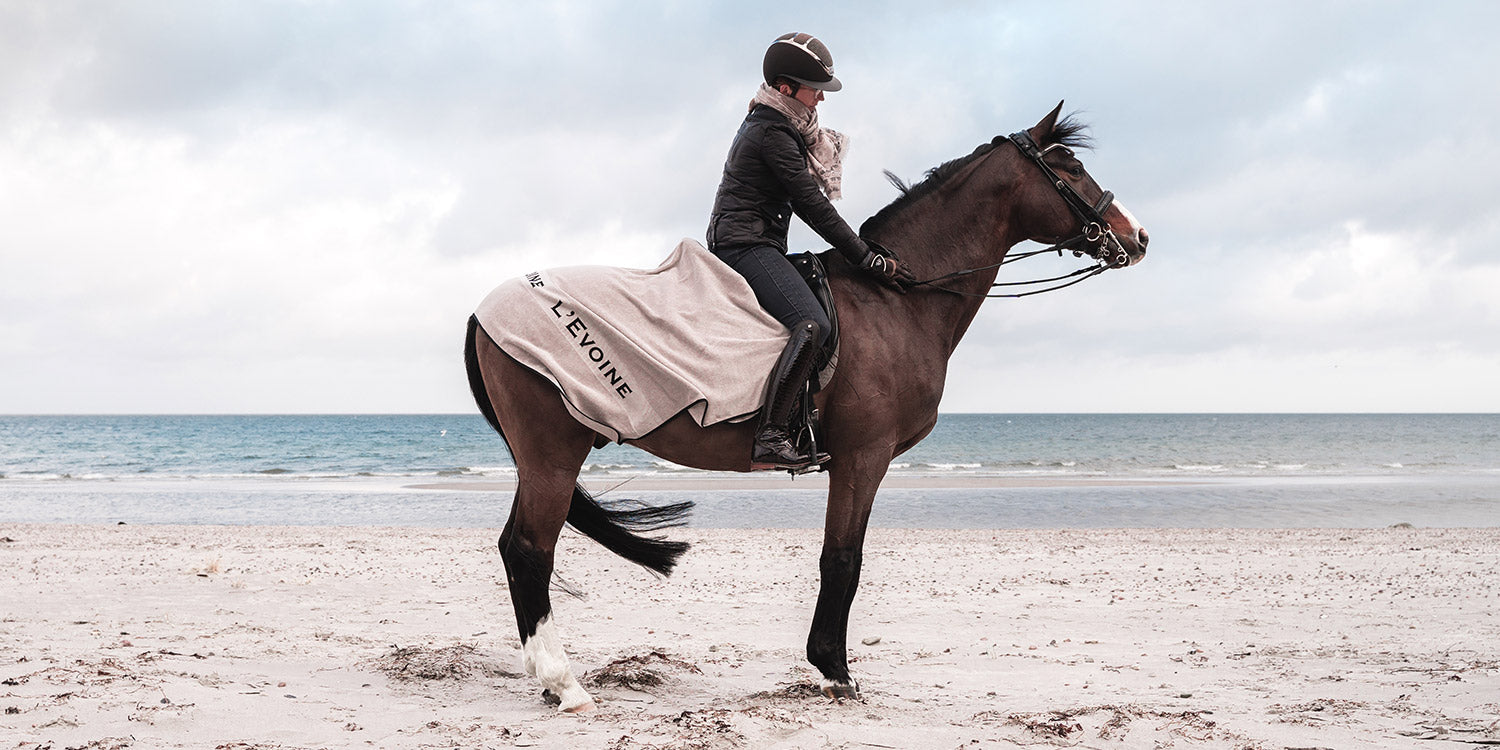
The consequences of a sensitive saddle position
A sensitive saddle position can cause considerable discomfort and pain for the horse. This can lead to behavioral problems, resistance and a decrease in performance when riding or other activities. Sustained pressure, friction, or improper saddle fit can cause pain and muscle tension in the horse's back, withers, and loins. Over time, this can lead to stiffness, reduced flexibility, and even muscular imbalances or injuries.
Constant rubbing, chafing or pressure can cause skin irritation, e.g. saddle sores, chafing or hair loss. In more severe cases, open wounds or infections may occur, requiring veterinary treatment and extended recovery periods.
Horses that are uncomfortable due to an ill-fitting saddle or sensitive saddle position may exhibit behavioral problems in response to the pain or discomfort. This can include bucking, rearing, bolting or resisting, making training and riding lessons challenging and potentially dangerous for horse and rider.
Performance limitations:
Horses with a sensitive saddle position may have difficulty performing at their best due to discomfort and pain. Their range of motion, willingness to work, and overall performance may be impaired, limiting their ability to excel in various disciplines. Chronic saddle-related discomfort can contribute to long-term health problems such as back pain, muscle wasting or even skeletal abnormalities. These diseases can have a lasting impact on the horse’s general well-being and longevity.
In order to avoid these consequences, it is crucial to address a sensitive saddle position in good time. This includes proper saddle fitting, regular assessments by professional saddlers, the use of appropriate padding and materials, and regular monitoring of the horse's response and physical condition. Working closely with professionals such as veterinarians, trainers or equine therapists can help ensure the horse's comfort, well-being and long-term health.
The area on which the saddle sits, including the withers, back and loins, has a complex structure of bones, muscles, nerves and blood vessels. This area is susceptible to pressure, friction, and heat buildup, which can lead to discomfort, pain, and even injury if not treated properly.
Saddle pads made of alpaca fleece can help in this case for several reasons:
Damping and pressure distribution:
Alpaca fleece provides natural padding that helps distribute pressure more evenly across the horse's back. This reduces the concentration of pressure points, relieves discomfort and minimizes the risk of pain or injury.
Softness and comfort:
Alpaca fleece is exceptionally soft and gentle on the horse's skin. It helps reduce friction and chafing, making the horse feel more comfortable when riding or during other activities.
Moisture management:
Alpaca fleece has good moisture-wicking properties, meaning it can absorb and release moisture efficiently. This keeps the horse's back dry and reduces the risk of sweat-related discomfort and skin problems that can arise from prolonged exposure to moisture.
Breathability:
Alpaca fleece allows air to circulate and promotes ventilation in the saddle area. Improved air circulation dissipates heat and moisture, keeping the horse's back cooler and reducing the likelihood of heat-related discomfort or skin problems.
Using natural materials such as alpaca fleece for sensitive horses is often preferred over synthetic saddle pads for several reasons:
Natural fiber qualities:
Natural fibers, like alpaca fleece, typically have inherent properties that make them more suitable for sensitive skin. They are generally softer, hypoallergenic, and offer better moisture management and breathability compared to many synthetic materials.
Sensory Sensitivities:
Some horses are sensitive or allergic to synthetic materials, which can cause skin irritation or discomfort. Natural materials, such as alpaca fleece, are less prone to allergic reactions or aggravating sensitivities.
Increased comfort:
Natural fibers are soft and naturally breathable, providing the horse with a more comfortable feel. This is especially important for horses with sensitive skin or those prone to saddle-related problems.


